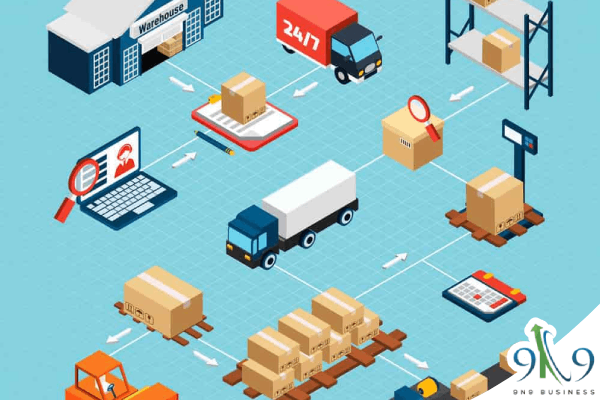Managing the flow of physical materials between people and places is known as logistics management.
Such an operation ist prevalent in large organizations, especially those interacting with other companies to purchase their supplies.
Any company that requires the movement or movement of materials to complete a business task uses such management processes.
Many areas deal with logistics management, and these include the areas of retail, manufacturing, and general warehousing.
The logistics manager is responsible for coordinating the movement of physical goods from one location to another; this usually requires managing people and processes to deliver products in an efficient manner.
The movement of military forces is an example of a logistics management process, as it requires extensive coordination between physical goods and the forces themselves.
Military logistics is one of the most complex administrative problems because it usually requires the movement of physical goods by land, air and sea.
Humanitarian relief organizations work continuously with Logistics Management Operations. These non-profit organizations receive goods and financial aid from shareholders.
These charitable funds are turned into foods and supplies to help the dependent nations.
Most humanitarian aid organizations distribute medicine and foods in foreign countries; this is a significant process, as it requires logistic control, which is unique to each country.
Once the products arrive in the recipient country, they must be directed to specific areas of greatest need and distributed to the people there; this also requires management of the Health and Human Services teams that can provide medical support, which requires detailed logistics management.
Post office operations are a good example of a logistics management process.
When a letter is mailed, it must be picked up, sorted and transported to the postal destination; this requires efficient process management of people, materials and transportation vehicles.
The post office has several processes that facilitate the delivery of mail packages.
Most retail stores use logistics management to purchase and sell merchandise, as these businesses work with wholesale manufacturers to purchase large quantities of products.
Once the products arrive in the store, they must be organized and distributed in the appropriate area.
Retail stores also manage warehouse inventories with logistics management software.
These inventories are combined with sales software to track the company’s supply depletion, and when stock levels reach a specified percentage, automatic orders are sent to the supplier to replenish merchandise.

